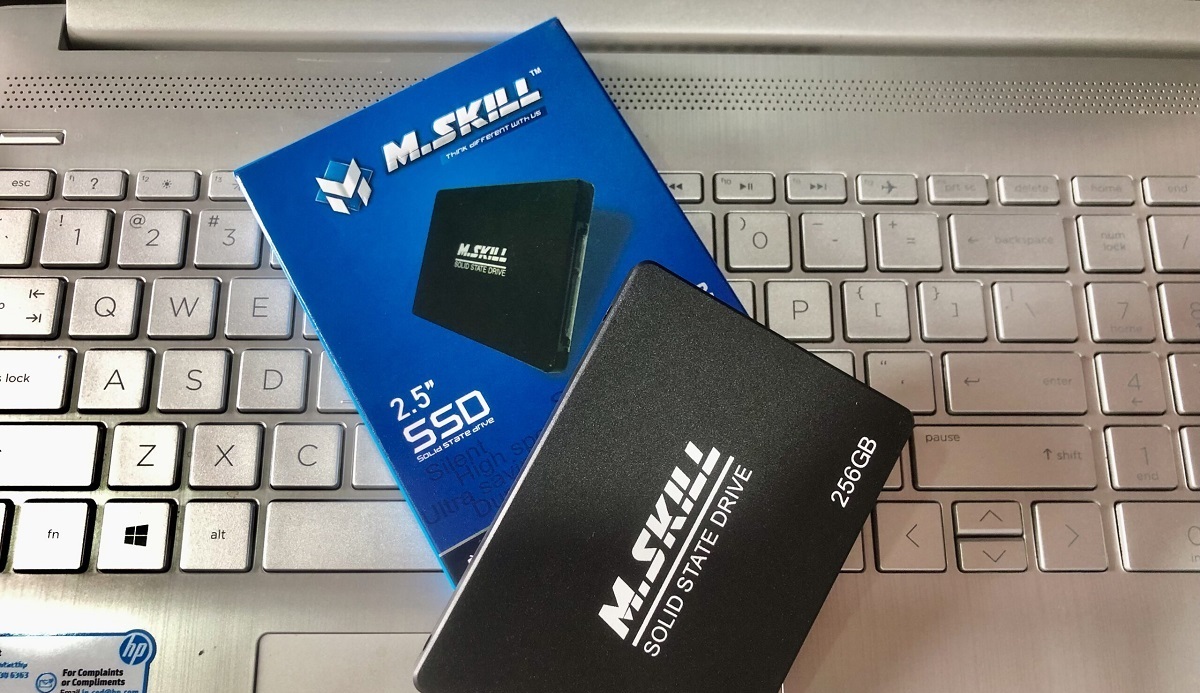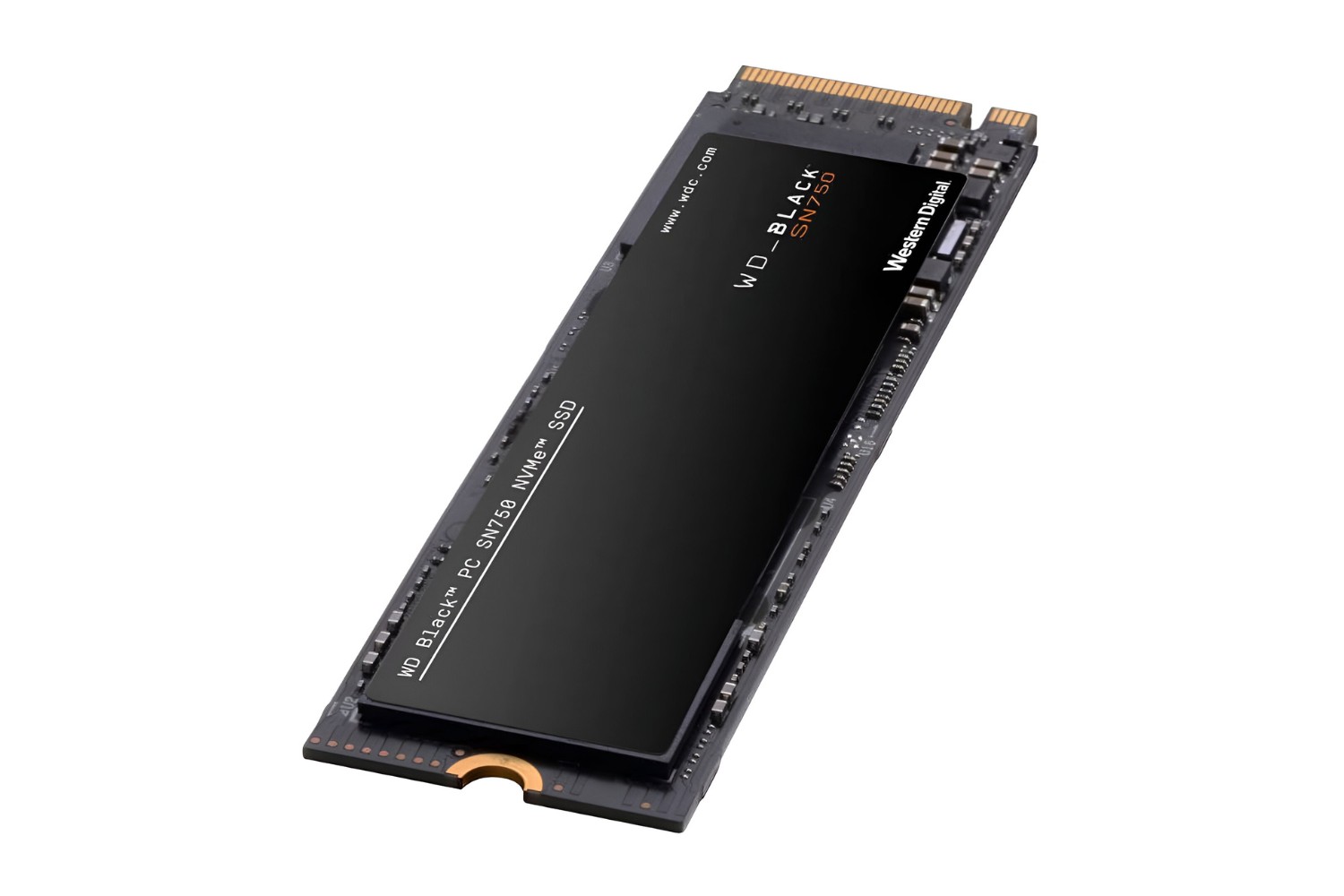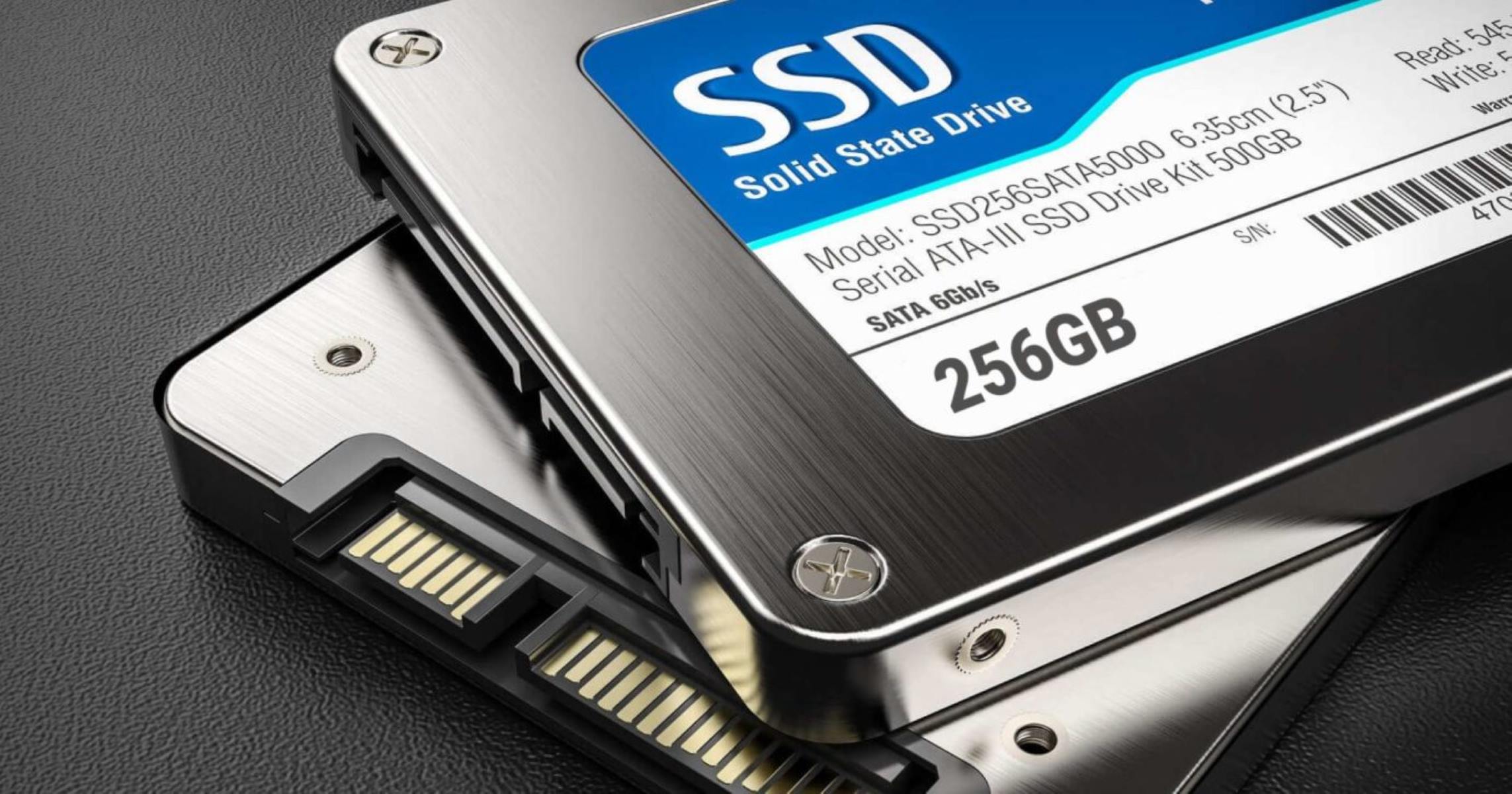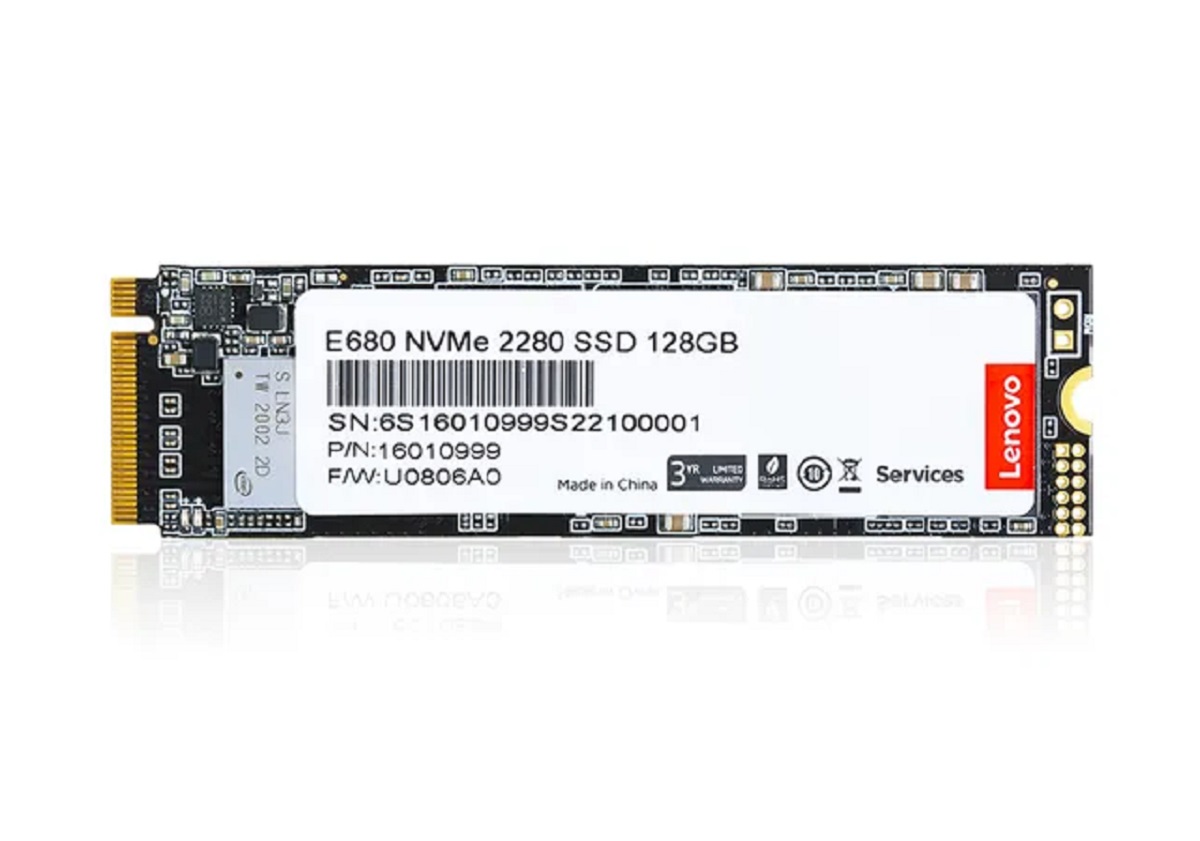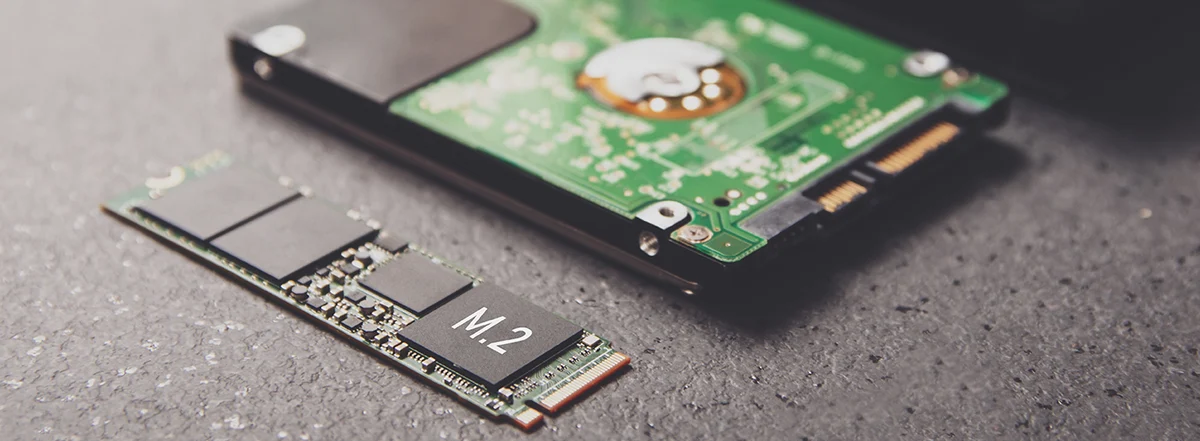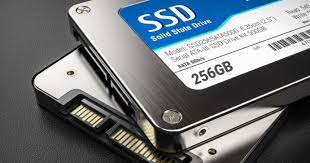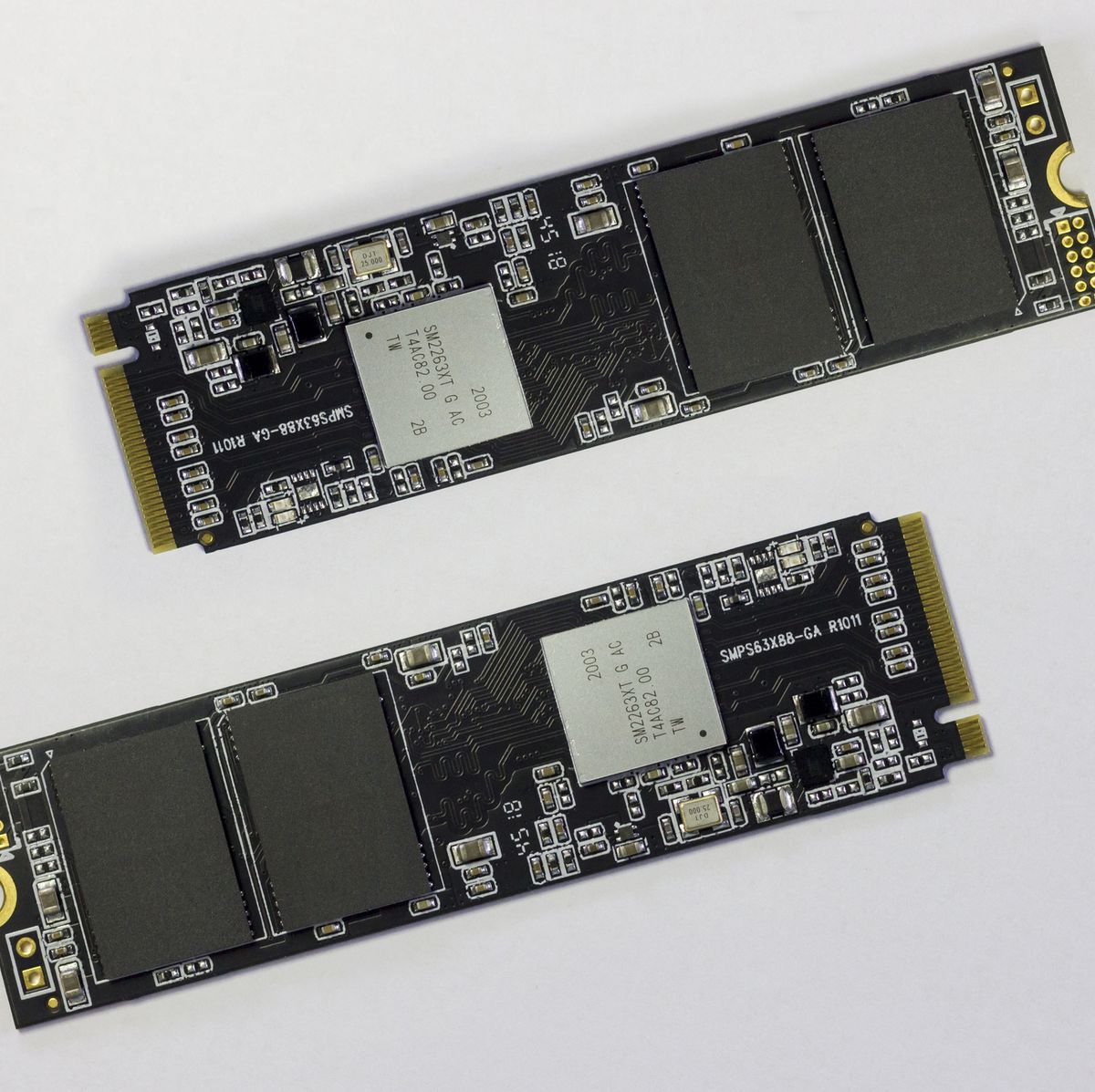Introduction
Welcome to the world of solid-state drives (SSDs), where speed and storage meet efficiency and reliability. In this digital age where data is king, having a reliable and spacious storage solution is crucial. One popular option for storage enthusiasts and professionals alike is the 256GB solid-state drive.
As technology continues to advance at a rapid pace, traditional hard disk drives (HDDs) are being outpaced by the lightning-fast performance and durability of SSDs. But what exactly is a 256GB SSD, and what sets it apart from other storage options?
In this article, we will explore the world of 256GB SSDs and shed light on their features, benefits, and common uses. Whether you’re a tech-savvy individual looking to upgrade your storage or a business in need of reliable data storage solutions, this guide will provide you with the essential information you need to make an informed decision.
Join us as we embark on this journey to discover the wonders of a 256GB SSD, delve into its technical aspects, and explore its practical applications. Let’s jump right in!
What is a Solid State Drive?
A solid-state drive (SSD) is a storage device that uses NAND flash memory to store data. Unlike traditional hard disk drives (HDDs) that rely on spinning disks and mechanical read/write heads, SSDs have no moving parts. This lack of moving components makes them faster, more durable, and less prone to data loss from physical impact compared to HDDs.
The concept of SSDs has been around for several decades, but it is in recent years that they have gained widespread popularity due to advancements in technology and a significant decrease in cost. SSDs come in various capacities, ranging from a few gigabytes to multiple terabytes, making them suitable for both personal and professional use.
SSDs offer several advantages over traditional HDDs. First and foremost, they provide significantly faster access times, allowing for quicker boot-ups, app launches, and file transfers. Their high read and write speeds enable seamless multitasking and increased overall system performance.
Furthermore, SSDs are more resistant to physical shock and vibration, reducing the risk of data loss due to accidental drops or bumps. Alongside their durability, SSDs generate less heat and consume less power compared to HDDs, resulting in improved energy efficiency and longer battery life for laptops and other portable devices.
While SSDs have numerous advantages, it’s important to note that they are generally more expensive than HDDs of comparable capacities. However, with advancements in technology, SSD prices have been steadily decreasing over time, making them a more affordable option for consumers.
Overall, solid-state drives offer a faster, more reliable, and energy-efficient alternative to traditional hard disk drives. With their increasing popularity and declining prices, it’s no wonder that SSDs have become the storage choice for many individuals and businesses seeking superior performance and data security.
What is 256GB storage?
When we refer to 256GB storage, we are talking about a storage capacity of 256 gigabytes. A gigabyte (GB) is a unit of digital information that represents 1,073,741,824 bytes. It is commonly used to measure storage capacity in computers, smartphones, and other electronic devices.
A 256GB storage capacity provides ample space to store a wide range of data, including documents, photos, videos, and applications. It can accommodate thousands of high-resolution photos, hours of HD videos, and a substantial collection of music files.
For context, let’s consider some examples of how much data you can store on a 256GB storage:
- You can store approximately 60,000 high-resolution photos (at an average size of 4MB per photo)
- You can store around 50 hours of HD video footage (at an average bitrate of 8 Mbps)
- You can hold a large library of music, equivalent to approximately 51,200 songs (at an average file size of 5MB per song)
- You can install and run software applications, including games, multimedia editing tools, and productivity software
It’s important to note that the actual usable storage capacity may be slightly less than the stated 256GB due to formatting, system files, and other factors. However, even with these deductions, a 256GB storage provides enough space for the average user to store a considerable amount of data.
In addition to personal use, a 256GB storage capacity is often sufficient for many professional needs. It can serve the storage requirements of photographers, content creators, and even some small businesses. However, for users who deal with large files or require extensive storage, such as video editors or database administrators, a higher capacity SSD or external storage solution may be more suitable.
Overall, a 256GB storage capacity strikes a good balance between affordability and functionality. It offers ample space for storing files and applications, making it an excellent choice for everyday users and professionals who need a versatile and reliable storage solution.
Benefits of a 256GB SSD
A 256GB solid state drive (SSD) offers several significant advantages over traditional hard disk drives (HDDs) and even lower-capacity SSDs. Let’s explore the benefits of choosing a 256GB SSD as your storage solution:
- Speed and Performance: One of the primary benefits of a 256GB SSD is its exceptional speed and performance. With faster data transfer rates and quicker access times compared to HDDs, an SSD can significantly improve the overall speed and responsiveness of your system. It allows for faster boot-up times, application launches, and file transfers, resulting in a smoother and more efficient user experience.
- Reliability and Durability: Unlike HDDs, which have mechanical moving parts that can wear out over time, SSDs have no moving components. This makes them more resistant to physical shock, vibration, and wear and tear. A 256GB SSD is built to withstand the rigors of everyday use, making it a reliable choice for storing important data without the risk of mechanical failure.
- Energy Efficiency: SSDs consume less power compared to HDDs, resulting in improved energy efficiency. This is particularly beneficial for laptops and portable devices, as it helps to extend battery life. With a 256GB SSD, you can enjoy longer unplugged usage, making it ideal for professionals who are frequently on the go.
- No Noise: As SSDs have no moving parts, they operate silently. Unlike HDDs that produce audible mechanical noises, a 256GB SSD ensures a quiet computing experience, allowing you to work, watch movies, or listen to music without any distracting background noise.
- Compact and Lightweight: SSDs are significantly smaller and lighter than HDDs, making them an ideal choice for devices that require a compact form factor, such as ultrabooks and tablets. With a 256GB SSD, you can enjoy a high storage capacity without compromising portability.
- Data Security: SSDs offer enhanced data security features, including built-in encryption and secure erasing capabilities. This adds an extra layer of protection for your sensitive information, ensuring that your data remains safe from unauthorized access.
Overall, a 256GB SSD combines speed, reliability, energy efficiency, and compactness, making it a compelling storage solution for both personal and professional use. Whether you’re a casual user, a creative professional, or a business professional, a 256GB SSD can significantly improve your computing experience and provide a solid foundation for storing your valuable data.
Factors to Consider when Choosing a 256GB SSD
When selecting a 256GB solid state drive (SSD), there are several important factors to consider to ensure you make the right choice for your specific needs. Let’s explore these factors:
- Performance: Consider the read and write speeds of the SSD. Higher speeds result in faster data transfer rates and better overall performance. Look for SSDs with fast sequential read and write speeds for optimal performance.
- Reliability: Look for SSDs from reputable brands with a proven track record of reliability. Read customer reviews and check the warranty and endurance rating of the SSD you are considering. Look for features such as error correction technology and power-loss protection to enhance reliability.
- Compatibility: Ensure that the 256GB SSD is compatible with your system. Check the interface (e.g., SATA, NVMe) and form factor (e.g., 2.5-inch, M.2) of the SSD, and verify that it matches the requirements of your computer or device.
- Endurance: Consider the endurance rating of the SSD, which indicates how many program/erase (P/E) cycles the drive can handle. Higher endurance ratings are desirable, especially if you plan to perform frequent read and write operations or use the SSD for intensive tasks.
- Price: Compare the prices of different 256GB SSDs from various brands. While prices have decreased over time, SSDs are generally more expensive than traditional hard drives. Consider your budget and prioritize your needs to find the best value for your money.
- Additional Features: Some SSDs come with additional features such as built-in encryption, data migration software, or monitoring tools. Consider if these features are important to you and if they align with your specific requirements.
- Brand Reputation: Research the reputation and customer feedback of the SSD manufacturer. Opting for a trusted brand can provide peace of mind in terms of reliability, performance, and customer support.
By considering these factors, you can narrow down your options and find the right 256GB SSD that meets your storage needs and performance expectations. Whether you prioritize speed, durability, compatibility, or value for money, careful consideration of these factors will help you make an informed decision.
Common Uses for a 256GB SSD
A 256GB solid state drive (SSD) offers a versatile and efficient storage solution for a wide range of applications. Let’s explore some common uses for a 256GB SSD:
- Operating System (OS) and Software: Installing your operating system and software applications on a 256GB SSD can significantly improve the speed and responsiveness of your system. The fast read and write speeds of an SSD allow for quicker boot-up times and faster application launches, enhancing overall productivity.
- Personal Documents and Media Storage: A 256GB SSD provides ample space for storing personal documents, photos, music, and videos. It can accommodate thousands of files, allowing you to organize and access your data easily. Utilizing an SSD for personal storage ensures faster file transfers and reduces the risk of data loss due to mechanical failure.
- Gaming: Gaming enthusiasts can benefit from a 256GB SSD to store their favorite games. With increasing game file sizes, an SSD offers faster loading times, reducing in-game lags and providing a smoother gaming experience. You can store a significant number of games on a 256GB SSD, allowing you to access your gaming library quickly.
- Professional Multimedia Production: For content creators, graphic designers, and video editors, a 256GB SSD is a valuable asset. Its fast read and write speeds enable seamless editing and rendering of large media files. With ample storage space, you can store hefty multimedia projects and access them efficiently.
- Portable Productivity: Laptops and ultrabooks equipped with a 256GB SSD offer the perfect balance between performance and portability. The compact form factor allows for sleek, lightweight devices, ideal for professionals on the go. With a 256GB SSD, you can store your work files, documents, and presentations without sacrificing speed or storage capacity.
- Virtual Machines and Software Development: Virtual machines require substantial storage and benefit from the fast performance of an SSD. With a 256GB SSD, you can create and run virtual environments, perform software testing, and develop applications with efficient read and write speeds.
These are just a few examples of the common uses for a 256GB SSD. The versatility and performance of an SSD make it suitable for various applications, from personal storage to professional workloads. Whether you’re a student, professional, gamer, or multimedia enthusiast, a 256GB SSD can enhance your productivity, storage efficiency, and overall computing experience.
How to Upgrade to a 256GB SSD
Upgrading to a 256GB solid state drive (SSD) can be a worthwhile investment to boost the performance and storage capacity of your computer or laptop. Here are some steps to guide you through the process of upgrading to a 256GB SSD:
- Backup Your Data: Before starting the upgrade process, it is essential to back up all your important files and data. This ensures that your data is safe, and you can restore it to the new SSD.
- Choose the Right SSD: Research and select a compatible 256GB SSD that fits your requirements and budget. Consider factors such as performance, reliability, and brand reputation when making your choice.
- Prepare the Operating System: If you wish to transfer your existing operating system to the new SSD, consider using migration software or cloning tools. These tools help you transfer your entire operating system, files, and settings from your old drive to the new SSD seamlessly.
- Physically Install the SSD: Open your computer or laptop and locate the existing storage drive. Carefully disconnect and remove the old drive, and then insert the 256GB SSD in its place. Ensure that it is securely connected and in the appropriate slot.
- Initialize and Format the SSD: Once the SSD is installed, you may need to initialize and format it to be recognized by your computer’s operating system. This process may vary depending on your operating system, but typically involves accessing the Disk Management or Disk Utility tool to format the drive.
- Restore Data and System: If you chose to clone your operating system and data to the new SSD, you can use the backup or migration software to restore your files and settings. If you didn’t clone your old drive, you can reinstall your operating system and restore your data from the backup you created earlier.
- Test and Optimize: Once the installation and data restoration are complete, test the functionality of your new 256GB SSD. Ensure that your operating system and applications are running smoothly. Consider optimizing your SSD by enabling features such as TRIM (if applicable) and adjusting power settings for optimal performance and longevity.
It is important to note that the specific steps and requirements may vary depending on your computer’s make and model, as well as the operating system you are using. It is recommended to consult the manufacturer’s documentation or seek professional assistance if you are unsure about any step of the upgrade process.
By following these steps, you can successfully upgrade to a 256GB SSD and enjoy the benefits of faster performance, increased storage capacity, and improved overall efficiency. Whether you’re a casual user or a professional, upgrading to an SSD can breathe new life into your computer system.
Conclusion
The 256GB solid-state drive (SSD) offers a reliable and efficient storage solution for various applications. With its faster performance, enhanced durability, and increased storage capacity, a 256GB SSD is a compelling choice for both personal and professional use.
We explored what a solid-state drive is and how it differs from traditional hard disk drives. The absence of moving parts in SSDs contributes to their improved speed, reliability, energy efficiency, and reduced noise. Additionally, we discussed the benefits of a 256GB SSD, including its speed, durability, energy efficiency, and compactness, making it an ideal choice for everyday users and professionals.
When considering a 256GB SSD, it is important to evaluate factors such as performance, reliability, compatibility, and price. These considerations will help you find an SSD that matches your specific requirements and offers the best value for your money.
We also explored the common uses for a 256GB SSD, including operating system and software installation, personal document and media storage, gaming, professional multimedia production, portable productivity, and virtual machines and software development. These use cases demonstrate the versatility and effectiveness of a 256GB SSD in various scenarios.
If you decide to upgrade to a 256GB SSD, we provided a step-by-step guide to help you through the process. From backing up your data to physically installing the SSD and restoring your files, these steps will ensure a smooth and successful upgrade experience.
In conclusion, a 256GB SSD offers an excellent combination of storage capacity, speed, and reliability. Whether you’re looking to enhance the performance of your computer, store your personal files, or meet professional requirements, a 256GB SSD is a valuable investment that will improve your computing experience and provide a solid foundation for data storage.







